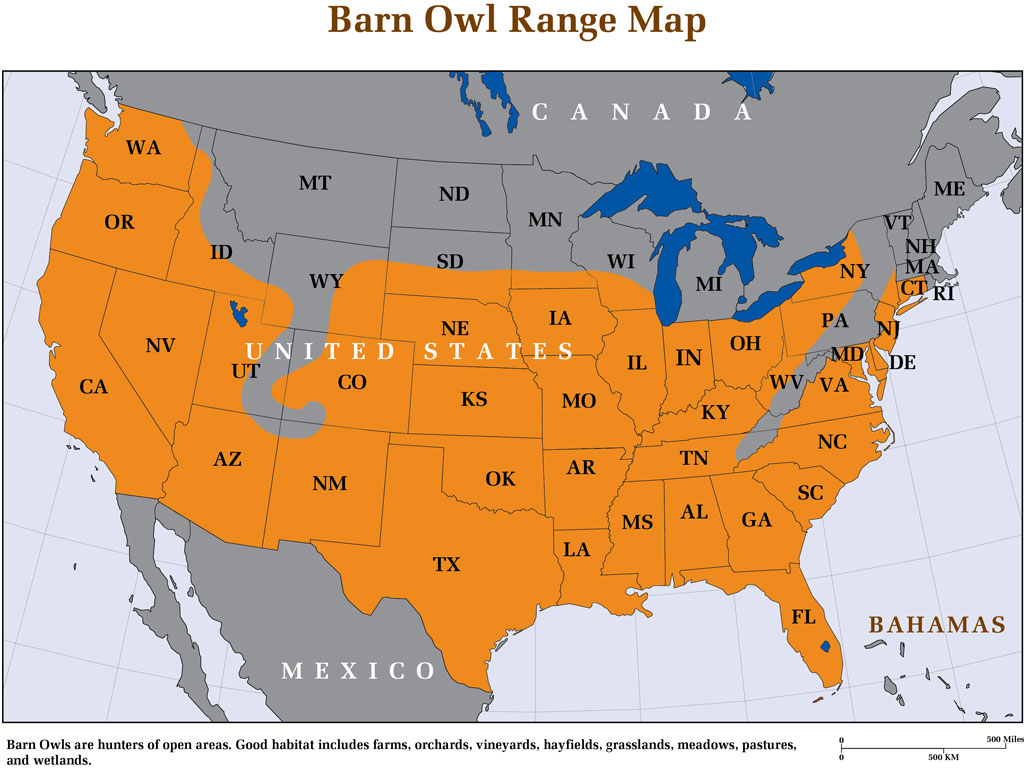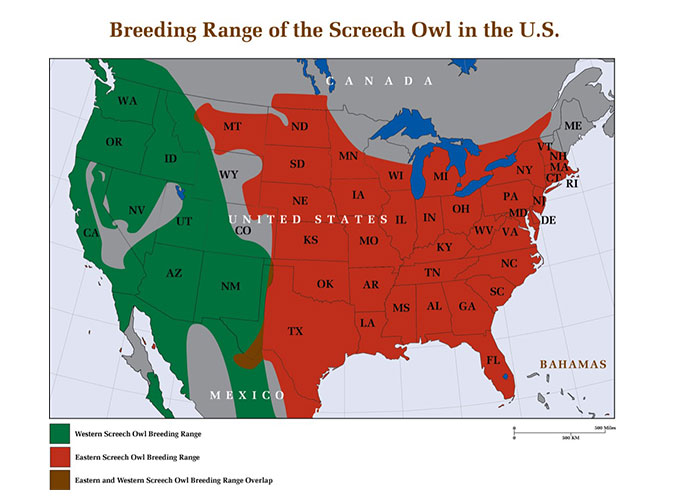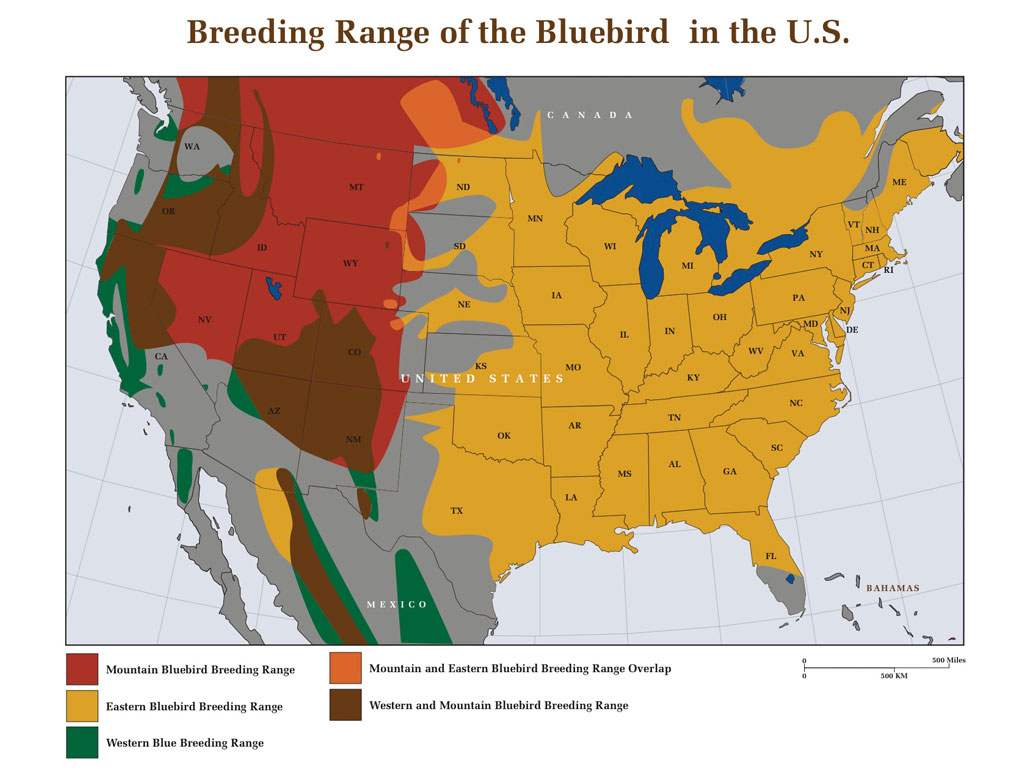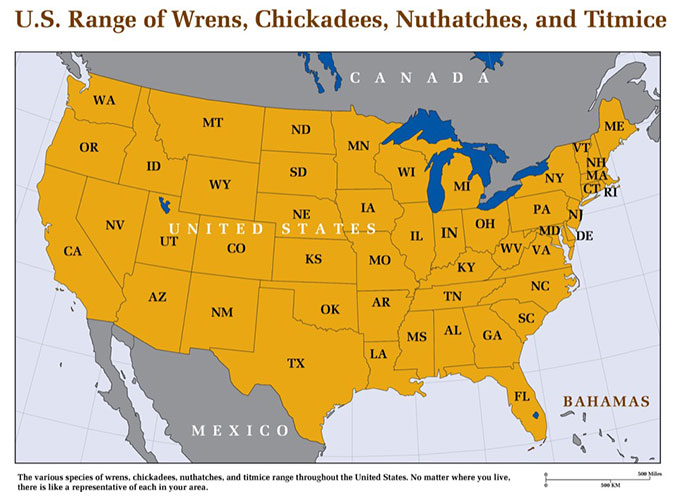Free Shipping to the Contiguous United States
…
Barn Owls in Integrated Pest Management and Sustainable Agriculture
Integrated pest management has been practiced by years with great results in a number of countries and by a number of agricultural interests. It is a multi-disciplined approach that uses natural predators, parasites of pest species, pest resistant strains of crops, traps, and a limited use of poisons as a last resort. Using integrated pest management effectively results in lower levels of toxin exposure to humans, food chains, and ecosystems, and it can also lower overall costs. Barn owl nest boxes can be an important tool in this approach to rodent control.
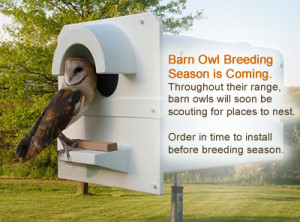 Sustainable agriculture has arisen out of necessity as man realized that natural resources such as soil, water, and bio diversity are not infinite. The barn owl has been helping man with such programs before the term “integrated pest management” was born. Naturally attracted to manmade structures, barn owls have lived close to humans since buildings came into existence. Since a family of owls can consume over 3000 rodents per year, the barn owl has always been a welcome addition to farms. Another advantage is that, once established, barn owls do the work without additional human labor.
Sustainable agriculture has arisen out of necessity as man realized that natural resources such as soil, water, and bio diversity are not infinite. The barn owl has been helping man with such programs before the term “integrated pest management” was born. Naturally attracted to manmade structures, barn owls have lived close to humans since buildings came into existence. Since a family of owls can consume over 3000 rodents per year, the barn owl has always been a welcome addition to farms. Another advantage is that, once established, barn owls do the work without additional human labor.
In recent years however, the rodent suppressing abilities of this beautiful predator have attracted a growing interest among agribusinesses. In several countries, various enterprises have instituted highly robust programs of attracting these owls to create more effective rodent control at lower costs. A researcher in Malaysia determined that using barn owls in oil palm plantations significantly reduced the need (and expense) for poisons. When you consider that ten barn owl families will likely consume a minimum of 20,000 rodents per year, and that in many agricultural settings it is not difficult to establish ten pairs, you can imagine the cumulative effect as the barn owls reduce rodent numbers year after year.
Barn owls lend themselves to Integrated Pest Management and Organic Farming through their voracious appetites and large broods. And as long as there is plenty of food, barn owls are not nearly as territorial as other birds of prey. This allows the farm to attract higher than normal densities of this bird. Also, in response to higher rodent populations, barn owls will often raise more than one brood per year.
California vineyards are attracting owls to control pocket gophers; as they rise in population, gophers not only damage the crop, they also girdle the vines. Because vineyards are increasingly moving toward organic farming techniques, they are finding barn owls to be excellent at helping with rodent control. Other types of California agriculture, including pecan, walnut, and citrus groves are finding barn owls to be useful additions to sustainable agriculture.
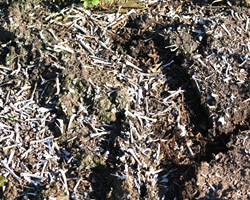 Sugar cane fields are rife with cane rats that can do millions of dollars worth of damage to a sugar cane crop, especially in the fall when cane rat populations peak. Barn owl nest boxes have been erected in sugar cane fields for years, and the density of barn owls in such areas can reach astounding densities. In one Florida sugar cane field, we have counted over 10 pairs of barn owls occupying a barn and several barn owl boxes located on grounds. Each of them were raising a brood.
Sugar cane fields are rife with cane rats that can do millions of dollars worth of damage to a sugar cane crop, especially in the fall when cane rat populations peak. Barn owl nest boxes have been erected in sugar cane fields for years, and the density of barn owls in such areas can reach astounding densities. In one Florida sugar cane field, we have counted over 10 pairs of barn owls occupying a barn and several barn owl boxes located on grounds. Each of them were raising a brood.
The Barn Owl Box Company offers the first plastic nest boxes for attracting barn owls to vineyards, orchards, sugar cane, and farms. For more information on the use of barn owls for rodent control in integrated pest management and sustainable agriculture programs on farms, plantations, and vineyards, go to our Rodents and Barn Owls, Crops and Barn Owls, and Barn Owl Quick Links pages.
Barn Owl Biology and Rodent Control
Because the barn owl can live in close proximity to other barn owls, it lends itself to integrated pest management as a viable tool for sustainable agriculture and organic farming. Vineyards use them to control gophers; sugar cane growers use them to control cane rats; orchards use them to control mice and gophers, and farms use them to control mice and rats.

